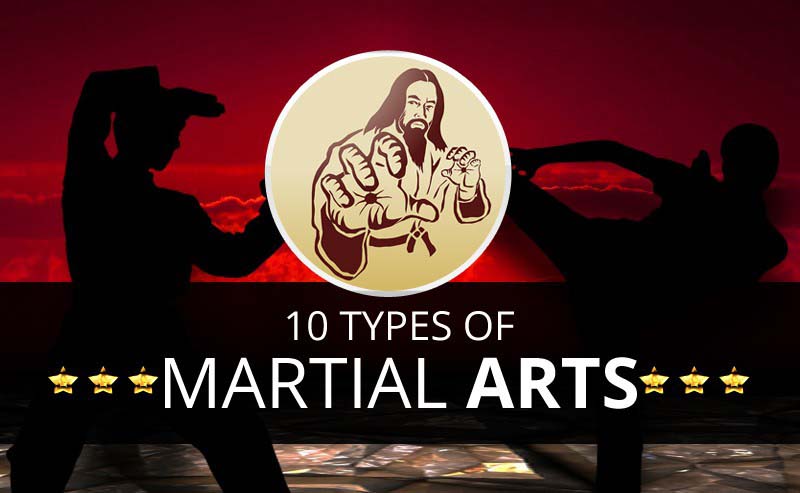The Worldwide History And Change Of Martial Arts
The Worldwide History And Change Of Martial Arts
Blog Article
Material By-Kaufman Ebsen
Martial arts have an interesting history that covers centuries and continents. You may discover it appealing just how old techniques like Shuai Jiao and Kalaripayattu prepared for contemporary battle strategies. These disciplines not only highlight physical skills yet additionally reflect the cultures that birthed them. As you discover their advancement, think about how globalization has actually changed these standard forms right into hybrid styles. What impacts do you assume have shaped today's martial arts landscape?
Ancient Martial arts: The Foundations of Fight
As you look into the globe of old martial arts, you'll uncover the rich structures that shaped battle strategies across cultures. Early practices focused on Self-Defense and survival, typically incorporating strikes, grappling, and weaponry.
In old China, for example, methods like Shuai Jiao stressed throws and joint locks, while India's Kalaripayattu showcased dexterity and fluid motion. Suggested Studying developed Kenjutsu, a polished swordsmanship that highlighted discipline and technique.
These martial arts served not just for battle but likewise as a way of personal growth, instilling worths like respect and willpower. The blending of these strategies in time prepared for the varied martial arts you see today, each reflecting the special philosophies and needs of its society.
The Social Influence on Martial Arts Growth
While martial arts usually mirror the useful demands of a culture, they likewise embody the social values and ideas of their beginnings. When you check out different martial arts, you'll observe exactly how they're influenced by faith, viewpoint, and social standards.
For example, the emphasis on regard and self-control in Japanese martial arts originates from Zen Buddhism and samurai culture. In contrast, Brazilian Jiu-Jitsu promotes adaptability and strategy, formed by the need for performance in a diverse, multicultural environment.
You may discover that the routines, attires, and training techniques reflect a community's history and identification. By comprehending these social influences, you deepen your gratitude of martial arts and their duty in shaping human experiences across the globe.
Modern Adaptations and the Globalization of Martial arts
Martial arts have actually changed dramatically in recent years, adjusting to modern society and international influences. You'll see that conventional kinds have mixed with modern techniques, producing hybrid styles like MMA. These adjustments accommodate diverse target markets, making martial arts available and enticing around the world.
With the rise of social networks and digital platforms, you can discover tutorials and competitors from all corners of the world, breaking geographical barriers. This globalization has actually brought about a shared gratitude for different self-controls, from Brazilian Jiu-Jitsu to Taekwondo.
As you involve with these arts, you'll understand they're not nearly fight; they advertise physical fitness, technique, and psychological wellness.
Ultimately, modern-day adaptations have actually enriched the martial arts landscape, making it a vibrant and advancing practice.
Conclusion
In checking out the history and development of martial arts, you reveal an interesting mix of strategies, societies, and philosophies. From old techniques like Shuai Jiao and Kalaripayattu to the modern-day adaptability seen in mixed martial arts, martial arts reflect mankind's quest for Self-Defense and individual development. As you engage with these methods, you not only get abilities however also a much deeper admiration for the diverse traditions that form our globe today. So, continue what are different types of martial arts and accept the art of fight!
